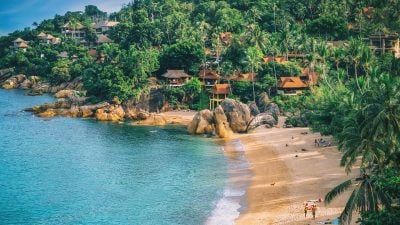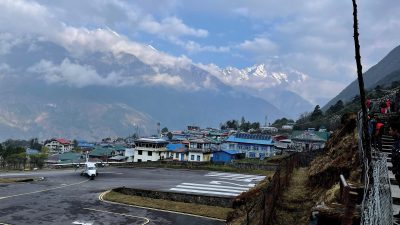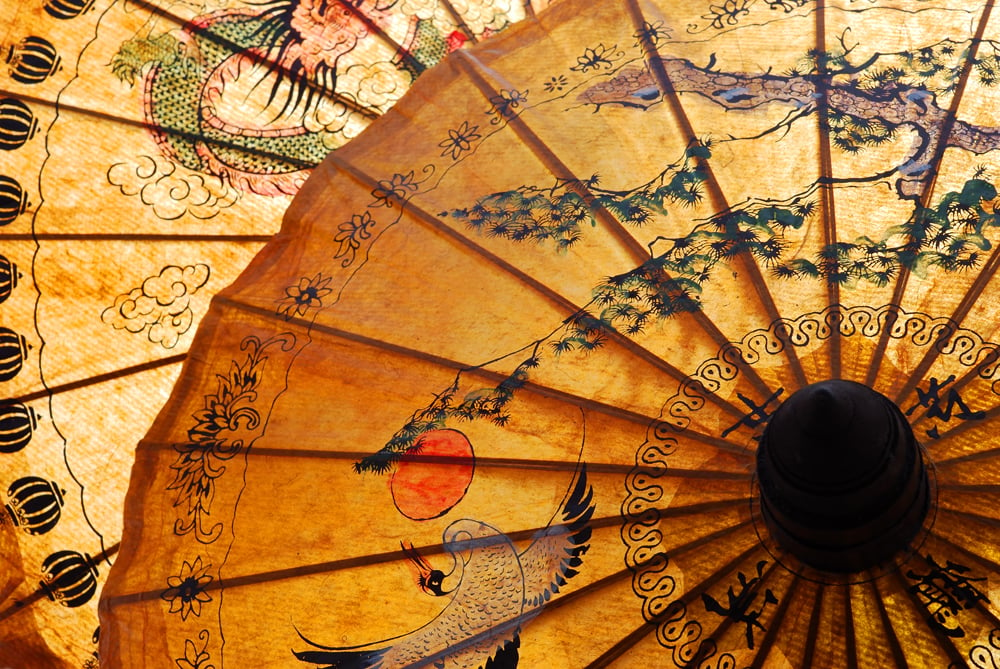
Japan vs Thailand on a Trip to Asia
Japan and Thailand are the two most popular destinations in Asia for westerners, and if you’re heading to the continent to the first time, you’ll probably head to one of the two. There’s a good reason for this. First of all, Japan and Thailand are easy to navigate, safe, and friendly. They also have long histories and famous landmarks that have an undeniable romantic appeal to them. They have gorgeous landscapes and some of the world’s best culinary scenes. If you had all the time in the world, pairing Thailand and Japan would make for an unforgettable and epic Asian vacation, but odds are, you can only focus on one during a trip to Asia. Furthermore, each country deserves a lot of attention. So, if you have to decide between the two, which one should you visit: Japan or Thailand?
It can be hard to choose, which is why we’ve put together a comparative breakdown of the two countries. We’ve broken down the guide into separate categories, focusing on landscape and climate, costs and infrastructure, landmarks, history and culture, and food and drink. Comparing two countries is never an apples-to-apples exercise, but it does help us to understand the appeal of these two incredible nations and decide which one is better suited to which kind of traveller.
Landscape and Climate
This is one of the easiest comparisons, since we’re talking about geographical facts. Thailand is a bit larger than Japan. Japan is more spread out as it consists of a series of islands in an archipelago, while Thailand consists of one large mainland and then many smaller islands in the south. Japan is a volcanic country with many mountains and geothermal areas covered largely in forests and farmland. Thailand also has mountains in the north, plains and a plateau in the centre of the country, and islands throughout the south, which are covered in beaches. Since Thailand is tropical, it’s covered in rainforests throughout.
In terms of climate, Japan has four true seasons, even if it has typhoon season in the midst of summer. The country is generally mild as far as countries as far north are concerned, although the north, especially on the island of Hokkaido, is known to have harsh winters and short summers. Conversely, Okinawa exists in a subtropical zone and has almost no winter.
In winter, the temperature is rarely lower than 0°C along the Pacific Coast, with temperatures growing lower and snowfall heavier the more northerly you get. Spring is warm, with not too much rain and temperatures sitting in the teens. Summer can get warm and humid, with temperatures reaching the high 30s during the heights of the wet season. Fall has lower temperatures around 10°C.
In Thailand, the climate shifts between wet and dry, although it does rain all year round. Since it is tropical, Thailand can get very warm, with temperatures exceeding 40°C during the year. As well, humidity rarely lets up, making for muggy cities and wet jungles. However, outside of the wet season, the heat makes for comfortable beach weather, especially in the south, where islands and waters abound.
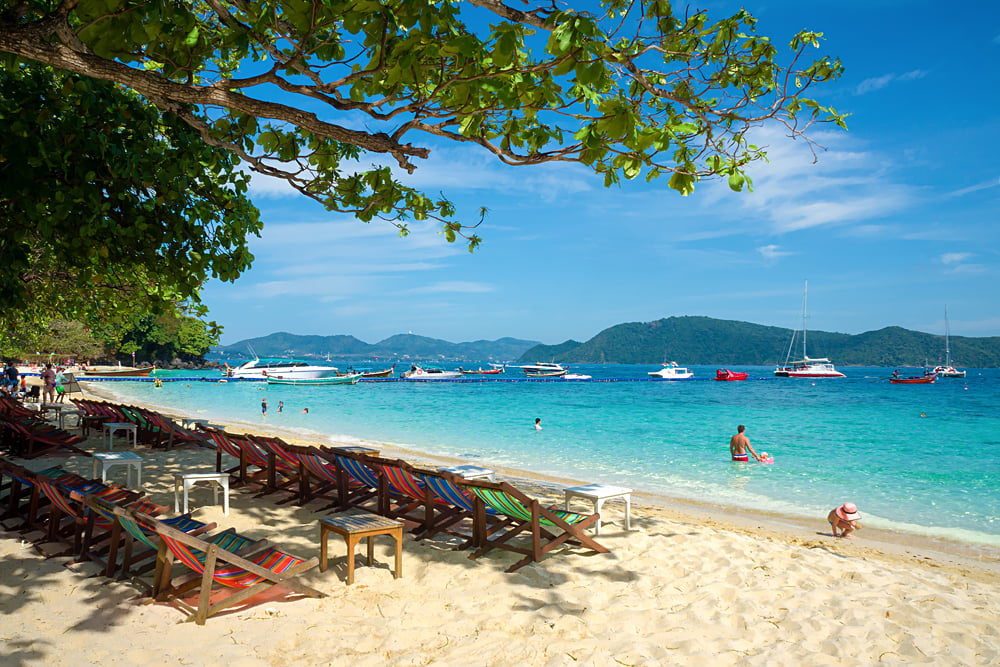
For Thailand, the best time to visit on a trip to Asia is March through May, when you can avoid the heavy rainfall of the wet season, but still enjoy the warmth, without the high temperatures of summer. In Japan, the best times to visit are spring and fall because of the foliage. Temperatures are comfortable and there’s not too much rainfall. Spring brings the cherry blossom season, while the fall brings vibrant reds and yellows.

If you are picking one country over the other based on weather, Thailand has the advantage, as it’s hard to pass up year-round warmth. However, Japan during the height of spring and fall is as lovely as countries get.
Expenses and Infrastructure
Japan is more expensive than Thailand. There’s no doubt about that. Flights to both countries are around the same price, but once you get there, you’ll have an easier time taking advantage of things in Thailand.
Economically, Japan is in the same category as major western nations like Canada, the US, and the UK, so the prices are roughly equivalent to those found in these countries. A round-trip flight from Toronto to Tokyo in September is around $1,300 CAD. A 3-star hotel in Tokyo averages around $115 during the same period. A three-course meal for two will set you back around 5,000 YEN, which is about $70 CAD.
Although Thailand has gotten more expensive than in previous years, it remains one of the best budget accommodations in Asia. While a round-trip flight from Toronto to Bangkok in September will cost around $1,300 (unless you happen to score a budget deal with a Chinese airline), a 3-star hotel would only cost around $26 CAD. A three-course meal for two would cost around $35 CAD. And street food is even cheaper, with many delicious meals in Bangkok and Chiang Mai running you back only a few dollars.
As for infrastructure, Japan has one of the best transit systems in the world and is remarkably easy to explore by air, car, train, or bus. Flying is common and relatively affordable, although unnecessary unless you’re connecting to more remote islands like Hokkaido. Train is the most popular way of getting around and Japan’s rail system is the envy of the world. Shinkansen (bullet trains) connect the major cities and offer a lightning-quick form of travel that is something of an attraction in its own right. Buses are cheaper than trains, but slower as well.

Within cities, take advantage of the excellent public transit system to get around by subway or bus. If you want to avoid public transit, most cities have ample taxi networks, although prices are essentially on par with taxi services in western countries. The Japan Rail Pass is a great way to save money while exploring the country. Passes come in regional options and are valid for the preselected time period (one week, two weeks, and so forth).
Thailand has a good infrastructure in its own right. Air travel is inexpensive and the best way to get between the major centres, such as Bangkok and the islands of the south. Train travel exists, but it’s considered more leisurely than other forms of travel. Buses are far more common and are inexpensive and efficient. The class of your ticket will determine how comfortable your bus trip is. In the cities themselves, public transit exists, but is not the main way of getting around. Instead, tuk-tuks (motorized rickshaws) are cheap and easy ways to get around. Taxis are a bit more expensive, but offer more seclusion. Transit is cheap in Thailand and even if you opt for flights between cities and taxi rides within them, you’ll end up spending less on transit than in most other countries.
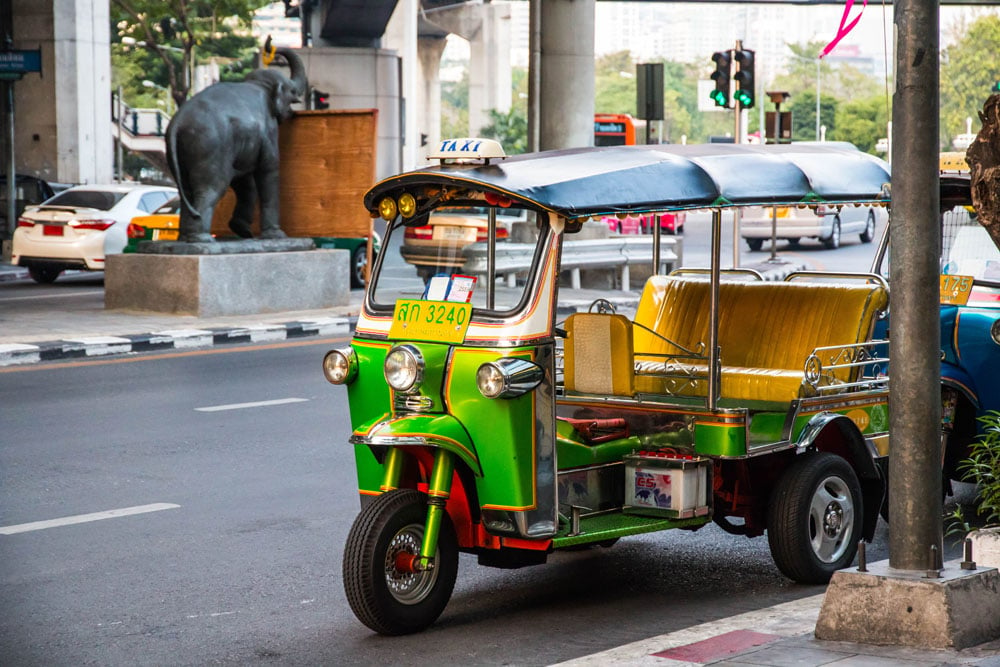
While Japan has the better infrastructure, Thailand is more affordable, which is a definite bonus when deciding which country to visit on Asia tours.
Landmarks
While neither country has individual landmarks on the same level as the Colosseum or Machu Picchu, both Japan and Thailand are chockfull of highlights that draw people from across the world.
In Japan, the cities are the main highlights, as Tokyo itself is more appealing to travellers than any one landmark within it. The futuristic environs of Akihabara, Shinjuku, and Shibuya are as attractive as the historic temples of Senso-ji and Meiji Jingu. Also, the atmosphere created by the juxtaposition between the city’s two sides is what makes it such a fascinating destination. Kyoto is equally famous, known for its hundreds of gorgeous temples that transport travellers back in time to feudal Japan. Kyoto also has individual temples such as Fushimi Inari Taisha, with its thousand vermilion torii gates lining a mountainside, and Kinkaku-ji, with its golden walls. They are landmarks in their own right, but the sum total appeal of the city cannot be overstated.
Japan also has Mt. Fuji, one of the most famous mountains on the planet. It has Nara, with Todai-ji, home to the statue of the Great Buddha, and the friendly deer of Nara Park. It has castles, from Himeji Castle to Matsumoto Castle to Osaka Castle. It has Hiroshima, which is a sad place, but also an essential monument to war, Itsukushima, with its gorgeous red torii gate that’s partially submerged at high tide, and the volcanic hot springs of Kyushu.
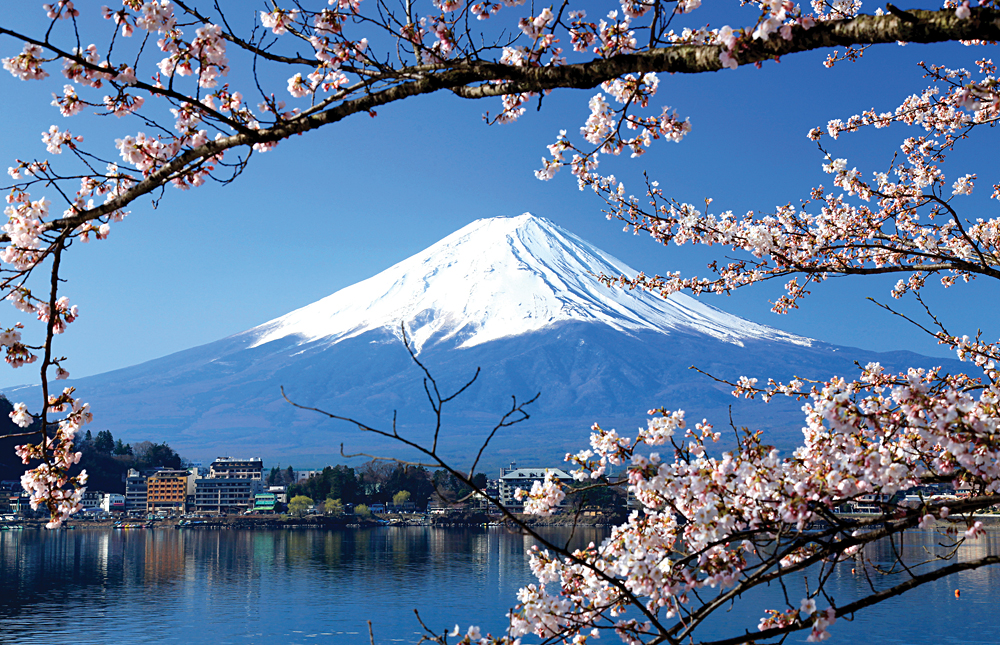
Like Tokyo is in Japan, Bangkok is an attraction in and of itself in Thailand. The city is synonymous with wild nightlife, but it’s equally known for having the best street food in the world and a number of noteworthy attractions, from Wat Arun to the Grand Palace to Wat Pho. It has the famous nightlife, as embodied by Khao San Road. It has a bustling shopping atmosphere, most notably seen at the Chatuchak Weekend Market. Chiang Mai is also popular, with its beautiful temples like Wat Phrathat Doi Suthep and easy access to the jungles and mountainside. There are also famous temples elsewhere, not least of which is Wat Rong Khun or the White Temple in nearby Chiang Rai.
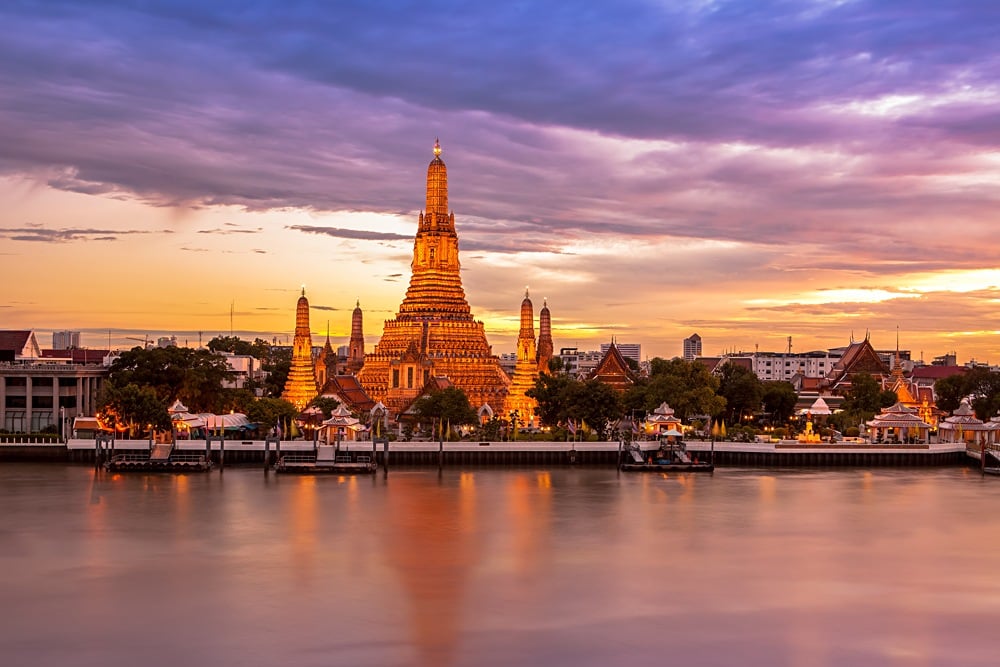
Thailand’s other main attractions are the islands and beaches of the south. Phuket is the most famous, but Ko Phi Phi and Phang Nga Bay are more beautiful. Khao Lak is as pristine and natural a beach as you’ll find anywhere in Asia
Thailand is not lacking for attractions, but Japan’s are more notable and famous across the world.
Food and Drink
Both Japan and Thailand have among the best food and drink in Asia, perhaps even the world.
Japan’s food culture has only grown more popular, as sushi has found its way into all corners of the world and savoury dishes like ramen grow ever more common in western cities. While you can get sushi anywhere in the world, it cannot compare to the freshness of what you’ll find on Japan travel. Aside from sushi, Japan also has some of the most delicious creations found anywhere in the world. There are fried goods like tempura, whether prawns or vegetables like sweet potato and squash, and tonkatsu, the fried breaded pork cutlets, their own brand of dumplings known as gyoza, and all manner of noodle dishes, from ramen to soba to udon. Red meat is a relatively recent addition to Japanese cuisine, but Japanese beef is among the best in the world, especially the fatty, marbled cuts of wagyu beef like Kobe and Hida. As for drinks, Japanese beer such as Asahi and Sapporo are of a high quality, and the rice wine sake is a delicious libation. For non-drinkers, matcha tea and all kinds of soft drinks hit the spot.
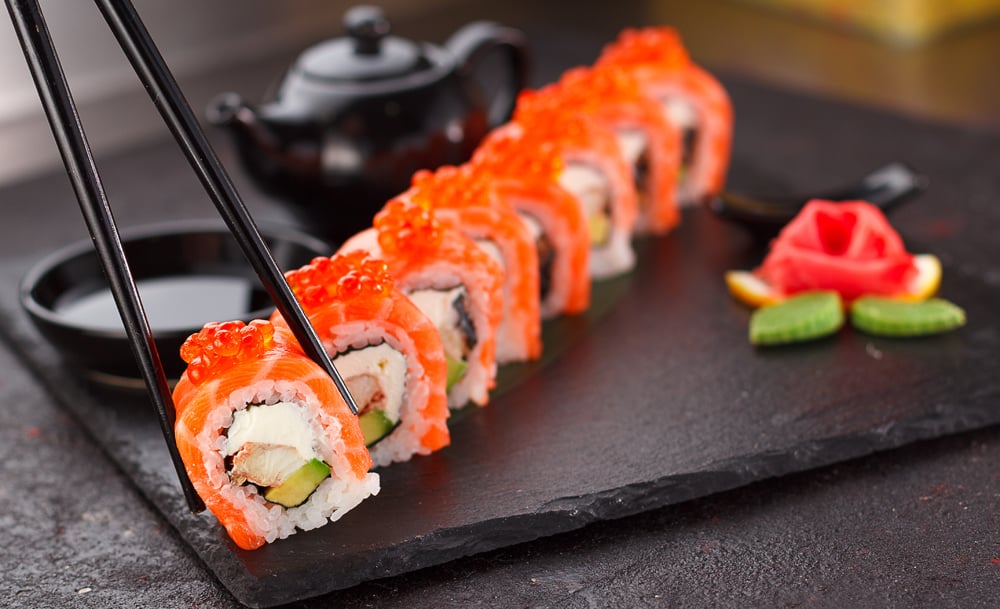
While Thai food is not quite as popular as Japanese food, it is every bit as celebrated in the culinary world. And if you’re looking for street food, you’ll find nothing better than the offerings in Thailand. Spicy Thai curries with coconut milk broths are among the most popular foods in Thailand, and for good reason. But the noodle dishes are equally delicious, from famous pad thai with its egg and bean sprout stir-fry to the broad noodles of pad see ew and the crispy, savoury khao soi, found in the north. The spicy and sour soup of tom yum goong is possibly the best soup found in Asia. The green papaya salad, som tam, is among the spiciest things you’ll ever eat, but delicious and addictive. Desserts like mango sticky rice and all manner of fruit juices will satisfy your sweet tooth. And as far as beer is concerned, you can’t go wrong with Singha, with its dry aftertaste and refreshing palette.

Japan has a slight advantage in terms of food, but you can’t go wrong with food in either country.
History and Culture
Both Thailand and Japan have histories that go back much longer than the modern era. Japan has been inhabited for tens of thousands of years, but the best known historical period is the Edo era from the 17th to 19th centuries, when the shogun ruled the country and a strict feudal class system was imposed on the nation. The most popular figures of Japanese history, the samurai, predate the Edo period, and you’ll find a lot of museums and historical buildings showcasing samurai artifacts and lifestyle. Geisha are also synonymous with Japanese culture and you’ll find geisha houses and people dressed up in geisha garb in the historical districts alongside samurai homes and castles. Along with Japan’s samurai past, the country’s history is also tied to its two main religions, Buddhism, which came from China in 552AD, and Shintoism, the native religion that has become aligned with the royal family and the natural world.
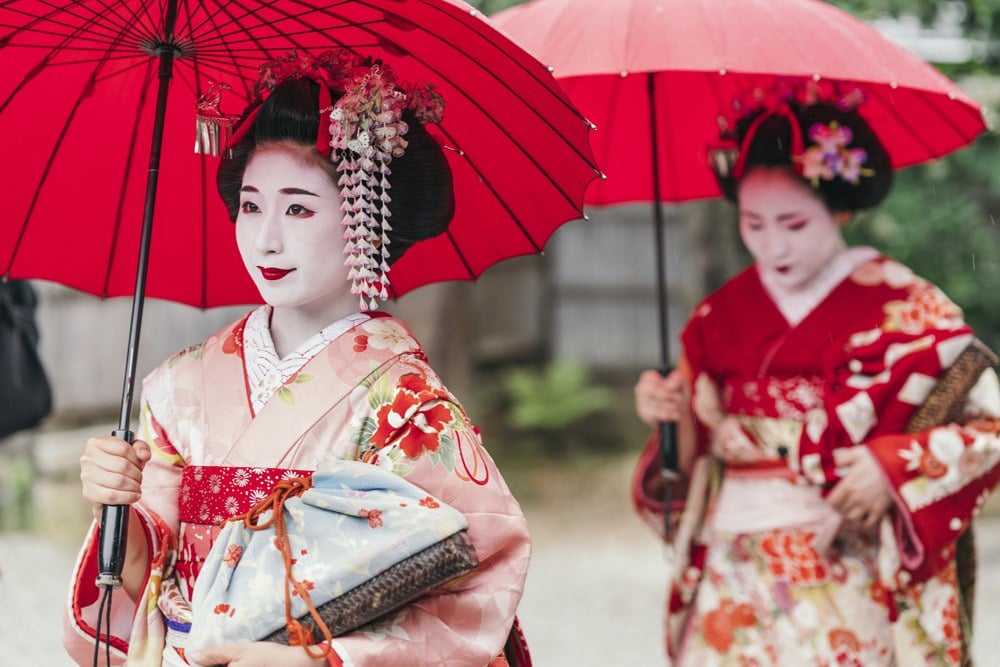
In the modern era, Japan is known as much for technological innovation as its samurai past. Cities like Tokyo and Osaka are among the most futuristic in the world, and the prevalence of video games and manga culture across the globe has seen Japanese cultural influence only increase as time goes by. If you have any interest in video games or fan culture, a trip to the major cities of Japan will be hugely rewarding. Baseball is also a big part of the culture, and older sports like sumo have retained their importance over the years.
As for Japanese culture, the Japanese are famously reserved and politeness is considered paramount. However, don’t mistake this reservation for rudeness; in fact, the Japanese are among the friendliest and most accommodating people you’ll meet while travelling. If you don’t like being aggressively peddled to while travelling, you’ll also probably appreciate how people respect your privacy here.
Like Japan, Thailand also has the ultramodern sitting right next to the ancient. In Bangkok, you’ll experience remnants of the country’s ancient history alongside the super-modern. The various Buddhist kingdoms that predate the nation state of Thailand go back thousands of years, and although the history of Thailand is less well-known than Japan, it is no less impactful on the region. Key to its history is Buddhism, which remains the main religion and one of the key aspects of the culture. Modern Thai culture is largely founded on respect for the monarchy and strong family ties, as well as the contributions of Thai civilization.

Thailand is famously known as the Land of Smiles, which gives the impression of the country being an un-endingly happy place. However, Thai are more reserved than they let on, and politeness and social courtesy form a significant backbone of the culture. However, considering that Thailand is significantly poorer than the western countries, you’ll come across more desperate individuals when travelling here. Sales people can be pushy and you may find some of the poverty that sits alongside luxury disquieting. This isn’t to criticize Thai culture, but merely to point out that you will have different experiences here than you would in many western countries.
Food is a big part of Thai life and there’s no better way to bond with locals than over a meal, whether you’re eating from a food vendor in the street or in a fancy restaurant in one of the cities. Soccer is a national obsession, and the local marital art of Muay Thai is also very popular. If you have a love of sport, you’ll find a lot to bond with Thai people over.
It’s impossible to favour one of these cultures over the other. Japan’s history is more famous, and its role in the formation of video games and anime will make it extremely popular with certain kinds of travellers, but others will favour Thailand’s warmth and less-reserved outward culture. Choose according to your interests and how you want to be treated while travelling in a foreign land.
Which one is right for you?
As I’ve demonstrated in this (admittedly long) article, both Japan and Thailand are incredible places to visit. If you can go to both places on one Asia vacation, do it, but if you have to be more realistic, know the appeals of both countries before deciding between the two.
Generally speaking, the two countries break down like this:
- If you want to experience all four seasons in a varied landscape, enjoy some of the best food and drink in the world, enjoy ultra-modern accommodations and infrastructure, and delve into video game culture or the medieval past, head to Japan.
- If you want to visit a warm country with plenty of beaches, save money on food and accommodations, eat lots of spicy food, and experience a relatively friendly culture that is largely catered to tourists, head to Thailand.
There’s a lot in common between Japan and Thailand (I didn’t even touch on their cultural relations over the centuries), but they offer many cultural and geographic differences when visiting. Just be assured that no matter which of the two countries you decide to visit, you’ll be experiencing one of the essential destinations in Asia.
Discover Japan or Thailand
When you are a Goway Globetrotter you become part of a special fraternity of travellers about whom we care very much. Our company philosophy is simple – we want you to be more than satisfied with our services.
Looking to travel to Japan or Thailand? Get a Free Quote by filling out the form below:
Get more travel inspiration by email.
Subscribe
0 Comments

Get the latest travel trends & hear about the best deals on vacations around the world.
If you’re a Globetrotter, these are the newsletters for you!
